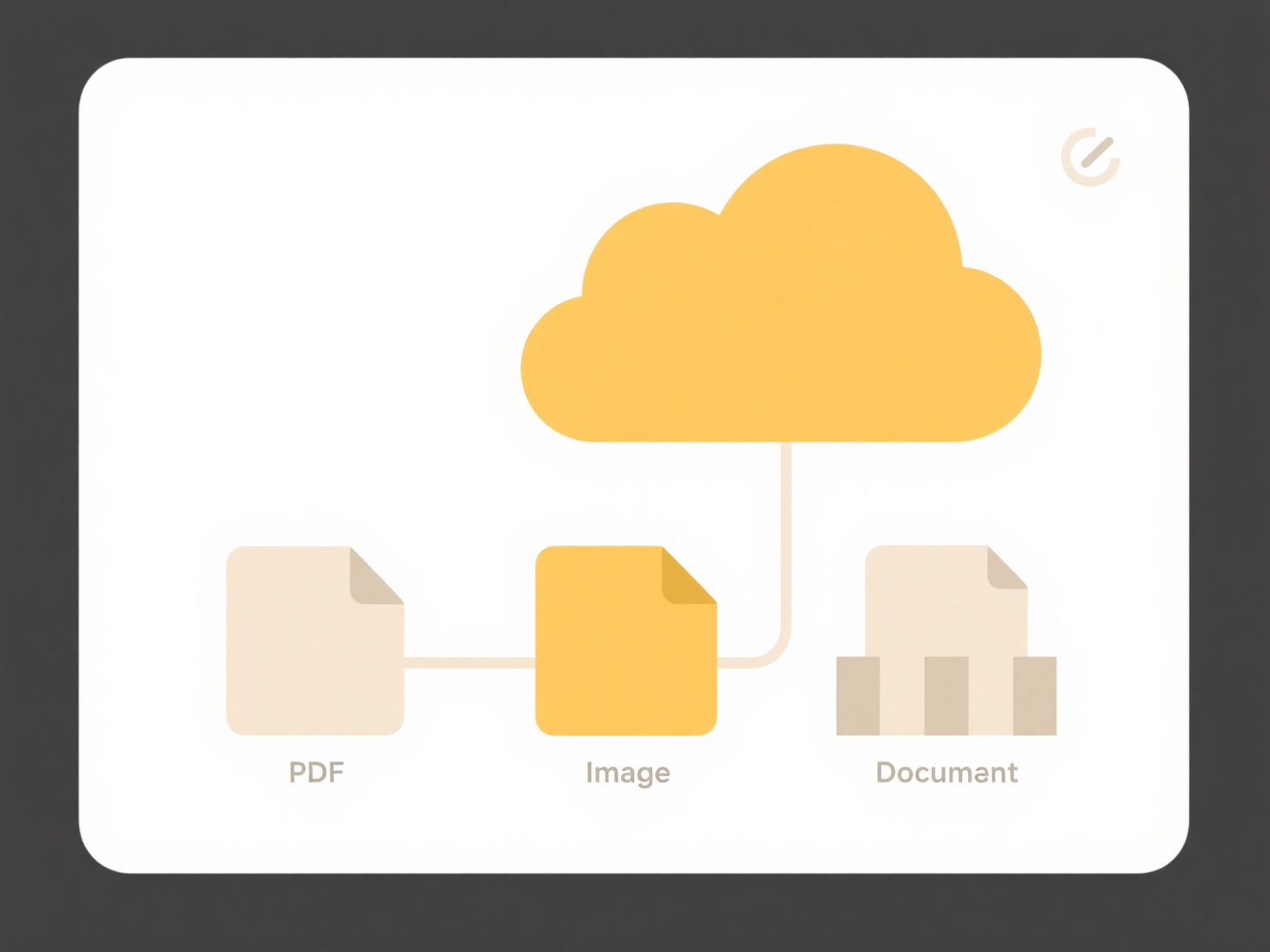
Controlling who can download a file shared online involves using platform-specific permissions to restrict saving capabilities, even if someone can view the content. This differs from simple link sharing, which often allows recipients to both view and download a copy. Sharing platforms provide options specifically designed to limit or prevent the ability to download, typically turning the file into a view-only item instead.
This restriction is commonly applied to sensitive documents in business environments, such as internal reports shared via Google Workspace or Microsoft 365, preventing unauthorized distribution. Journalists also frequently use "view-only" modes in platforms like Google Drive or Dropbox when sharing embargoed press materials to control early access without allowing downloads before the official release.

The primary advantage is enhanced control over file distribution and reducing unauthorized copies. A key limitation is that technically savvy users might circumvent it via screenshots or workarounds. Ethically, it respects intellectual property boundaries. While useful, this restriction doesn't guarantee complete data security as viewed content can potentially be replicated manually. Its effectiveness drives adoption in scenarios requiring controlled collaboration.
How do I prevent others from downloading a shared file?
Controlling who can download a file shared online involves using platform-specific permissions to restrict saving capabilities, even if someone can view the content. This differs from simple link sharing, which often allows recipients to both view and download a copy. Sharing platforms provide options specifically designed to limit or prevent the ability to download, typically turning the file into a view-only item instead.
This restriction is commonly applied to sensitive documents in business environments, such as internal reports shared via Google Workspace or Microsoft 365, preventing unauthorized distribution. Journalists also frequently use "view-only" modes in platforms like Google Drive or Dropbox when sharing embargoed press materials to control early access without allowing downloads before the official release.

The primary advantage is enhanced control over file distribution and reducing unauthorized copies. A key limitation is that technically savvy users might circumvent it via screenshots or workarounds. Ethically, it respects intellectual property boundaries. While useful, this restriction doesn't guarantee complete data security as viewed content can potentially be replicated manually. Its effectiveness drives adoption in scenarios requiring controlled collaboration.
Quick Article Links
Can I use USB to transfer compatible files between platforms?
USB refers to Universal Serial Bus, a standardized connection technology primarily used to attach peripherals and transf...
How do I save a backup from a cloud-based file?
Saving a backup from a cloud-based file means creating a separate copy stored locally on your device or on a different s...
How do I sync personal and work cloud accounts separately?
Syncing personal and work cloud accounts separately involves configuring device settings or using dedicated applications...